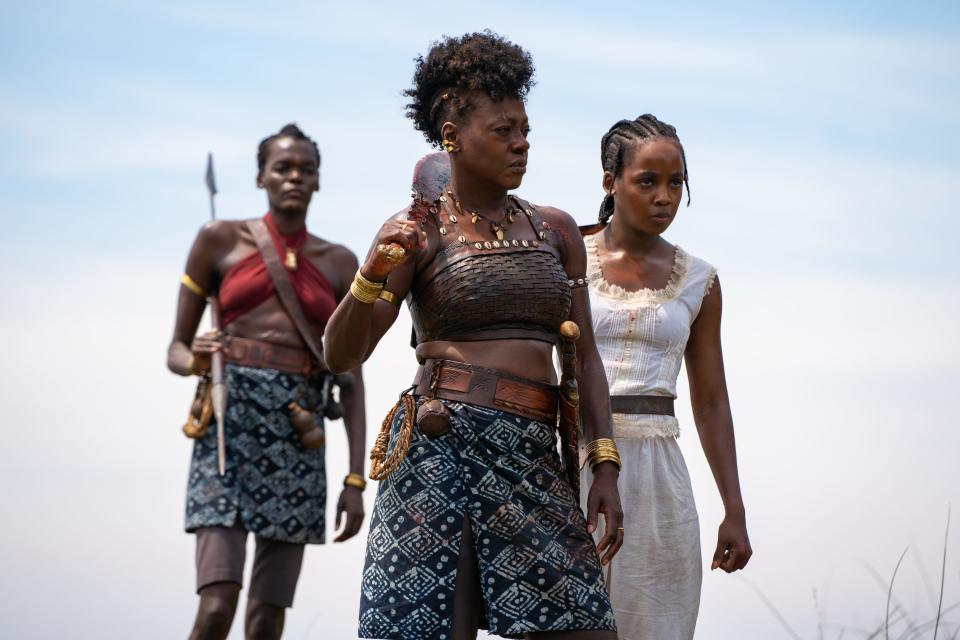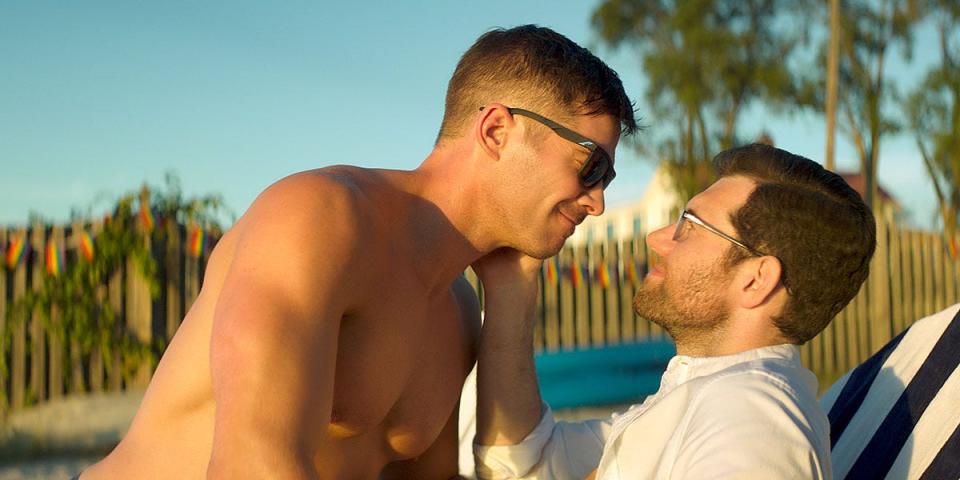Hollywood strikes out: New study finds a 'disappointing' lack of inclusion in top movies
If the writers and actors strikes aren't enough bad news for Hollywood, here's some more: Inclusion isn't getting significantly better.
A new report from the USC Annenberg Inclusion Initiative's long-running investigation of inequality in front of and behind the camera shows there's been negligible progress for girls and women, protagonists of color have seen limited improvement, and LGBTQ+ characters are being left behind.
The assessment, released Thursday, is the first major update to the study – which has examined 69,858 speaking characters and 1,600 top films from 2007 to 2022 – since the pandemic started three years ago.
Let's start with some good news: The percentage of females in leading and co-leading roles reached a 16-year high of 44% in 2022. But there was no meaningful change in the percentage of female-speaking characters: 34.6%, only slightly higher than 2021's mark of 33.1%. Only 15% of 2022’s top 100 movies featured a cast that was gender-balanced, and just one nonbinary character was featured in that crop of projects.

“It is clear that the entertainment industry has little desire or motivation to improve casting processes in a way that creates meaningful change for girls and women,” Stacy L. Smith, founder of the initiative, said in a statement. “The lack of progress is particularly disappointing following decades of activism and advocacy."
In terms of race, 31 of the top films in 2022 featured an individual from an underrepresented ethnic group, down from a 16-year high of 37 reached a year prior. The percentage of Asian characters has increased from 3.4% in 2007 to 15.9% in 2022, but that was the only community that saw an improvement: Overall, 38.3% of all speaking characters were from underrepresented racial/ethnic groups, slightly less than their representation in the U.S. population (41.1%).
Last year was a highlight, with 19 movies having a girl or woman of color in a leading role – an increase from one film in 2007 and 16 movies in 2021 – yet of all female characters in the top 100 films, 32 movies had no Black people or African Americans, 61 were missing Hispanic/Latina roles and 44 lacked Asians; seven didn't feature any white girls or women.
How did your favorites stack up? A new study ranks the top 100 most inclusive movies

Among the biggest movies of 2022, just 2.1% of speaking characters were LGBTQ+, a percentage that's not changed remarkably in the past eight years. There were five transgender characters – a nine-year high point for the report – but four of those appeared in a single movie, "Bros." A total of 72 movies failed to include an LGBTQ+ character, and 54 films didn't feature a character with a disability on screen. (According to the study, only 1.9% of all speaking characters were depicted with a disability.)
“When we look beyond gender and race/ethnicity, it is clear that Hollywood’s problems with inclusion are even more pronounced for the LGBTQ+ and disability communities,” Smith said. “The lack of progress in these areas suggests that executives and content creators are relying on practices that continue to marginalize and exclude talented voices from all backgrounds.”
This article originally appeared on USA TODAY: Inclusion in Hollywood's top movies lags for people of color, LGBTQ+
